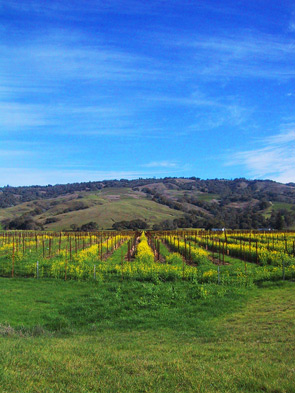aboutRecipes in this old-world kitchen were written as vague notes on small lined cards, and the actual preparation details were left to be taught by hand, from one generation to another. The family’s identity was tied to just how much of which cheeses went into the layers of the lasagna, or whether mild or spicy sausage should be added to the ground beef for the tomato sauce. Of course, each dish reflected the nuances of the cook that prepared it, as seasoning was often measured as “to taste.” Mothers copied the small lined cards for their daughters, and passed them on in a brightly painted and decorated tin box, sorted by season and meal. In an attempt to replicate the most traditional recipe for the Easter bread, Julia discovered four such cards, representing four generations of instructions, each couched in the ingredients and techniques of the particular decade in which they were recorded. The oldest of the four detailed pounds of flour, a dozen eggs, and a mixture of sugar and spices to be steeped in an undisclosed amount of milk. The premise being that anyone would know how to make a yeasted bread, and the recipe merely served to transform that staple food into a celebratory treat. Julia’s introduction to California wine came quite a bit later, at the ripe old age of eight, when her Calistoga-based godfather lifted her onto a stool at the old railroad car tasting room at Charles Krug in Napa. Regular visits to the Napa Valley further underscored the relationship between food, wine and the good life. New Year’s Eve was often spent at a huge house party on a working ranch and vineyard on Howell Mountain, stealing sips of California bubbly and sampling sumptuous food. Breakfast the next morning was served only after visiting the chickens for fresh eggs, and bringing in a side of ranch-cured bacon from the cold room in the barn. This love of the California wine country persisted through her adolescent years in Mendocino County, and had a demonstrable influence on her years in business. When traveling throughout the country, Julia managed to sample the native foods of each region she visited, learning about the people through their culinary traditions and rituals. All of this came to the fore one day when, on a group bicycle trip in the Napa Valley, she wandered into the downstairs hall of the Culinary Institute of America at Graystone, recently opened in the refurbished Christian Brothers stone winery. Following a tour group up the stairs into the third floor teaching kitchens, Julia was overwhelmed by a sense of foreshadowing. Out of breath when she returned downstairs, she told her husband that she would study the culinary arts there, and that the future would have something to do with food. Back in the San Francisco Bay area, she began researching schools, and looking for ways to turn her love of cooking into a business. |
 |

